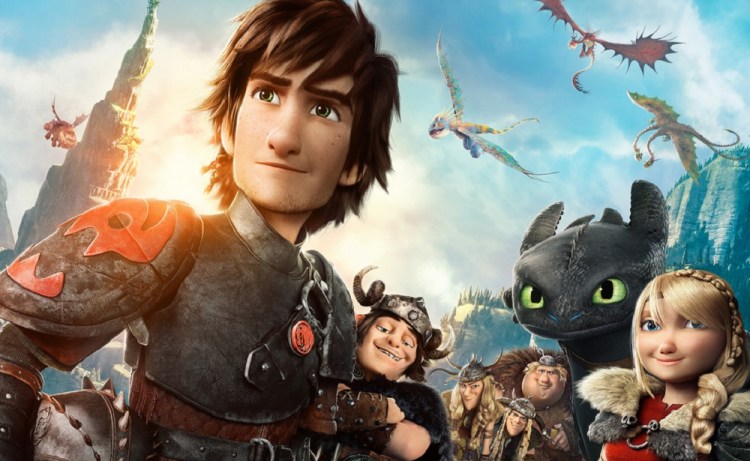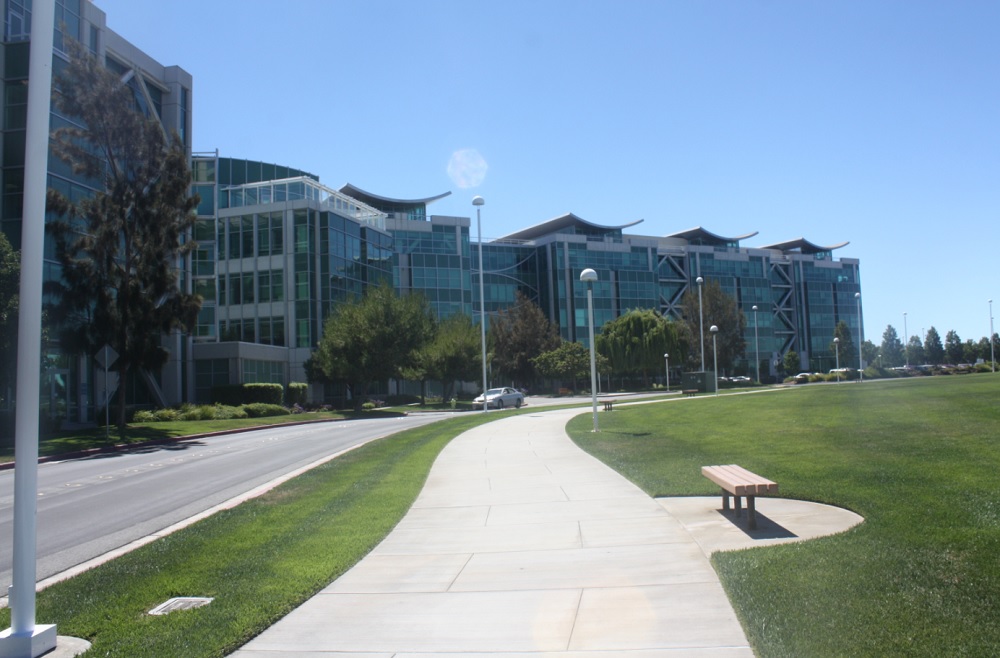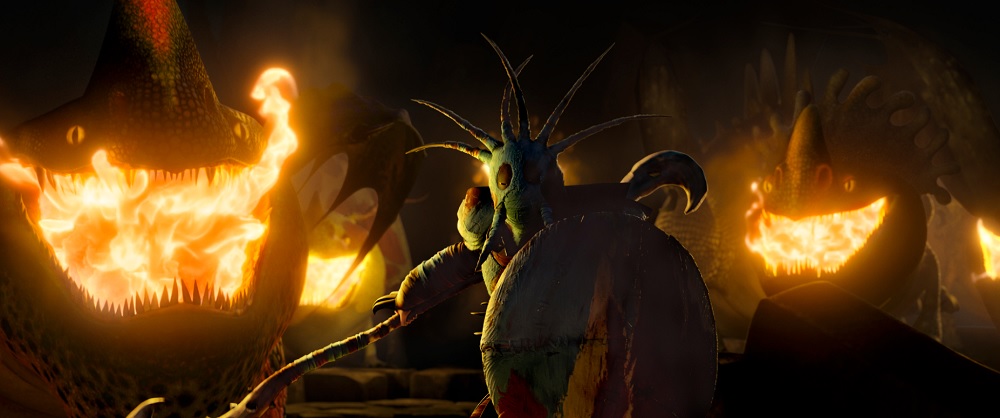Wallen: I came to DreamWorks from Electronic Arts, which I think is still the biggest by development resources, and an environment where different studios have different engines. I can take you back to the first transformation that came to this business, one that for me was one of the main reasons why I was so excited to come and work at DreamWorks. DreamWorks had already taken the step of transforming the business to operate on an enterprise platform.
The power that you see today goes all the way back to achieving that and driving through that type of change in the face of resistance from development or artistic or whatever. People don’t like that. They think of it as standardization. But having achieved that, you’re able to respond to these needs in a far more powerful way. More important, you can deploy those changes across the enterprise in a heartbeat.
All of our movies are on Apollo. We haven’t skipped a beat. All of the values that we’re talking about with Dragon are available to all of our projects. That’s the business reason why: We love new ideas, but our goal is to incorporate them as fast as possible into the entire platform, so that they’re available in many different places, immediately and across the business, so that it has the biggest business impact and product impact.
There’s a bigger story there. If you look at the media industry in particular, this is one of the biggest struggles in the industry, to get that scale and get that efficiency in technological innovation. Often you think, “If I can lock a few people away in the room, I’ll get innovation.” Innovation at enterprise scale comes from a different place. It comes from vision and it comes from partners and it comes from the ability of the platform to execute fast and deploy fast and have your business impact. That’s what justifies large investments.
VB: Is there a scenario in which Dreamworks would have more movies in production at a given time because of Apollo, or are there factors other than technology that mean you’re making enough already?
Wallen: There are other factors, like the marketplace. Jeffrey’s talked a lot about what goes into how many movies we make every year. A lot of it these days is just release date availability. There’s only so many movies that can open on any given weekend to great success. What Apollo does do is allow us to capitalize on that flexibility in a way that we wouldn’t have done in the past. It allows us to say, “Penguins in Madagascar was going to open in March, but we love that movie for November. Let’s put it in November.” It gives us an incredible sense of flexibility.
Business agility and product quality, those two things are the key. The agility speaks to your underlying bottom line of cost. The quality speaks to your opportunity in the marketplace. If you can achieve both together, you’re able to affect your outcomes in the business as a whole, which these days rests on our ability to be flexible in the marketplace.
We’ve talked here about movie creation. Hopefully you have a sense that we’re one of the biggest image creation businesses on the planet. We have a platform that makes that incredibly efficient, whatever the type of image you want to generate. You should think about the elements that have gone into this and what that means for other enterprises, other businesses, other types of consumer experience over the next 10 to 15 years. The young consumer is really only consuming video. Image is everything.
VB: The process of rendering, is that getting faster? How long does it take to render the final movie?
Wallen: If everything was in place, given our compute resources we could probably render a movie in less than a week. It doesn’t take that long, if everything’s in place. Now, how long does it take to produce a movie to that final quality? That’s a whole different ballgame.
In How to Train Your Dragon 2 we used 90 million compute hours to render the film. That’s in total, everything — not just the final images. That’s every iteration. The key question isn’t really how close to a release date you can afford to change things. That’s about quality.
VentureBeat's mission is to be a digital town square for technical decision-makers to gain knowledge about transformative enterprise technology and transact. Learn More



